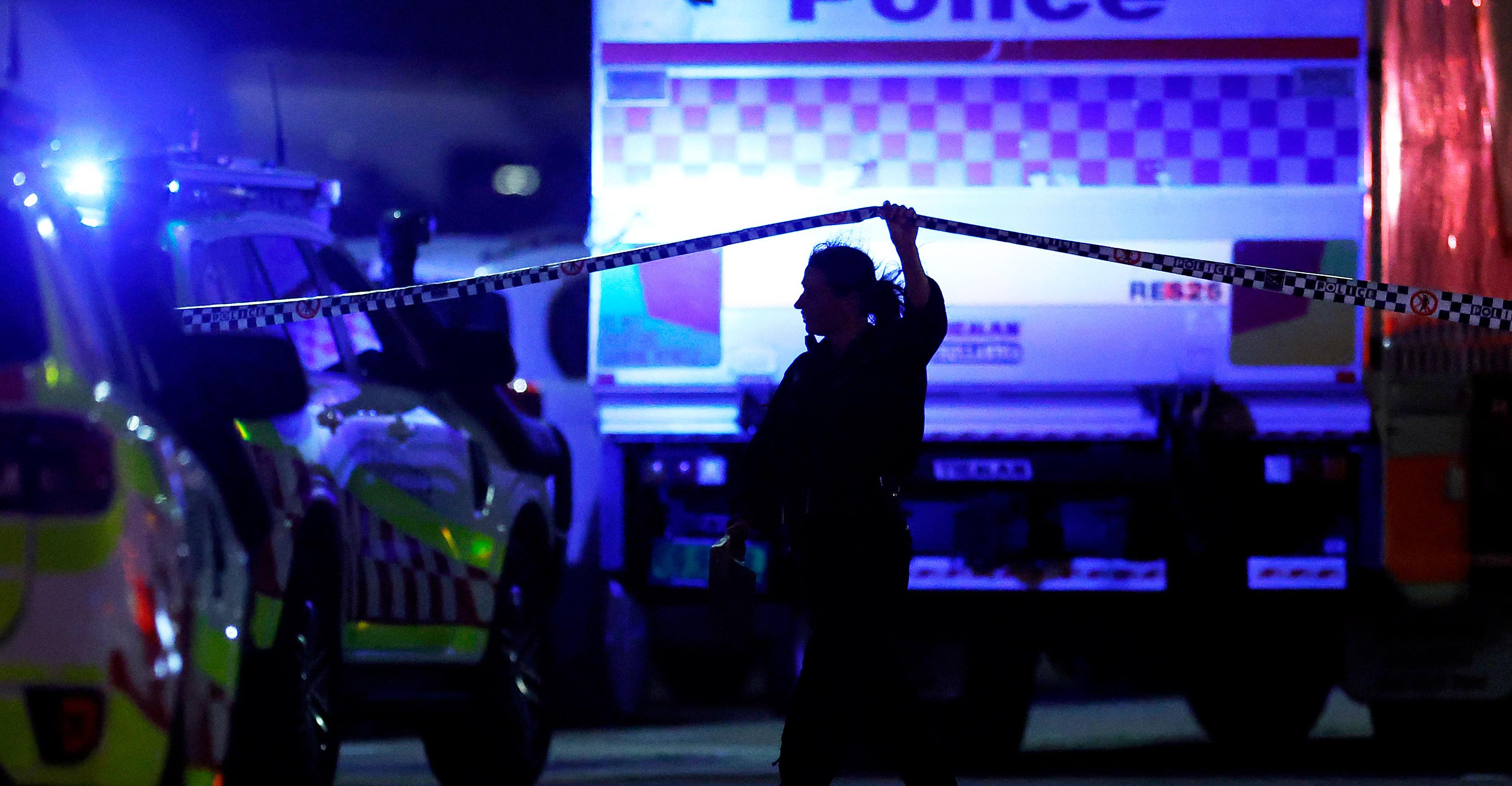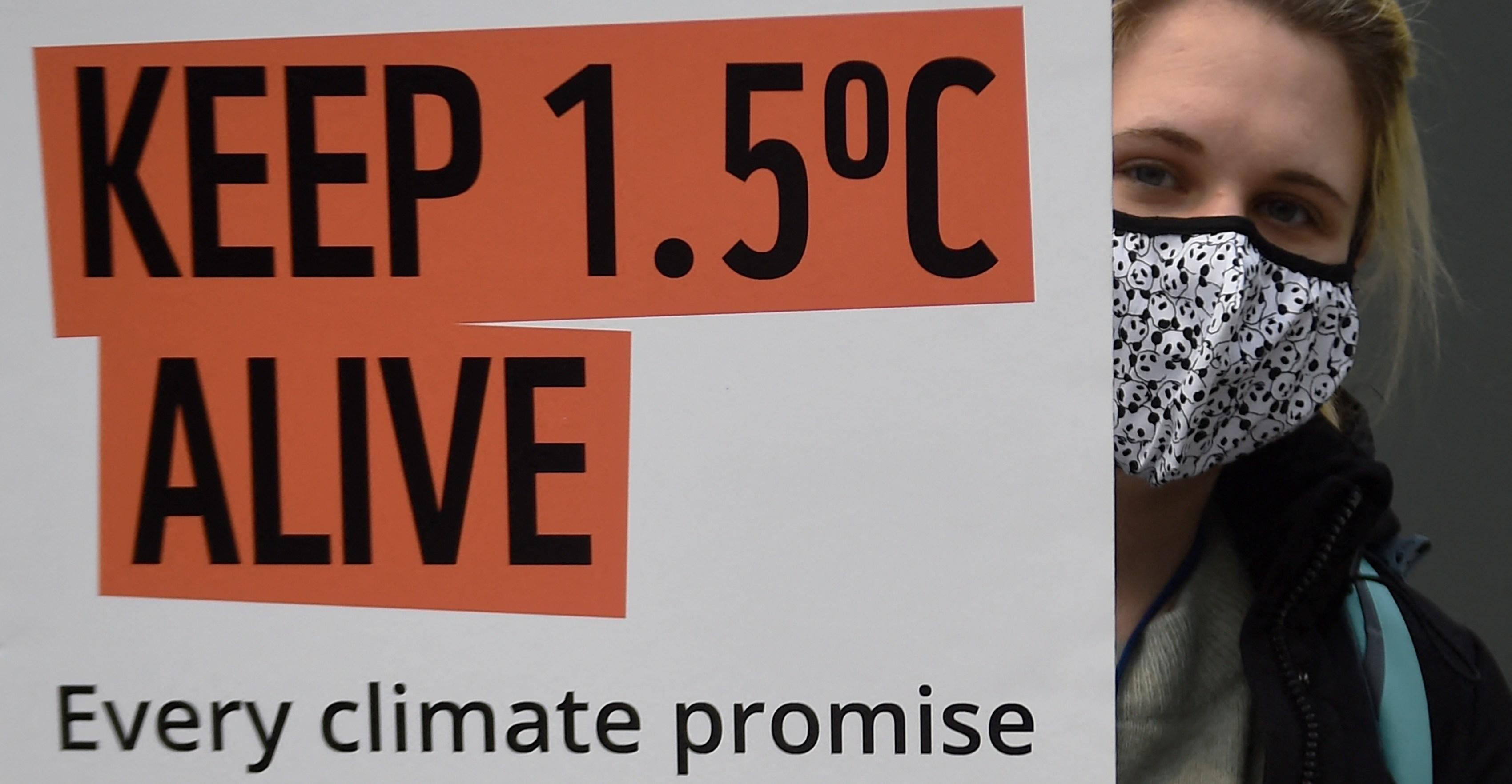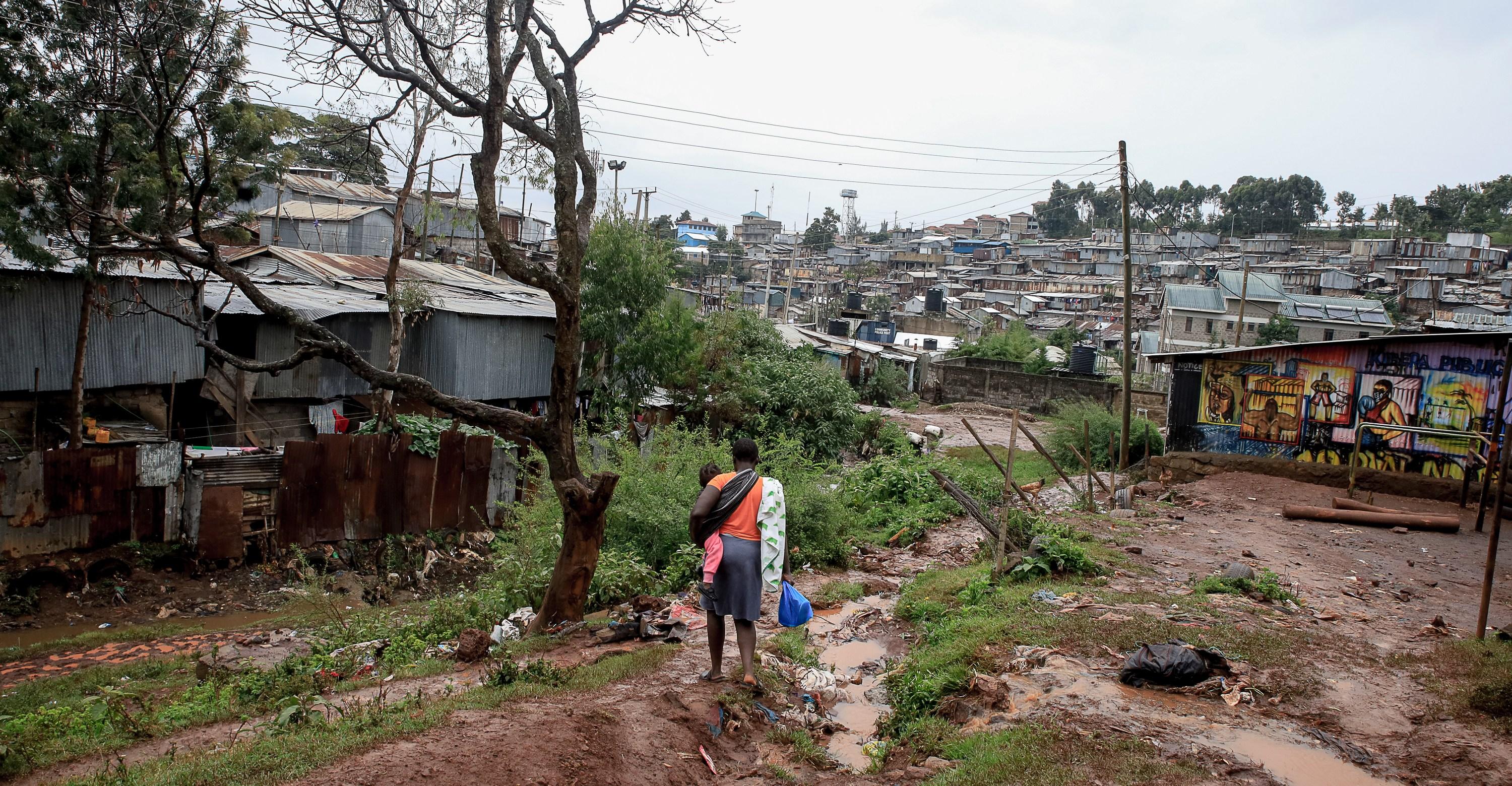Climate change — and schadenfreude — finally caught up to the survivalist cosplayers at Burning Man.


For most of its existence, Burning Man, the week-long desert experience that’s part utopian performance, part survival quest, and part drug trip, has dodged serious cultural pushback, beyond eye rolls or wry jokes. Perhaps that’s because its fans have zealously proselytized it as the transformative experience in an age of transformative experiences, a vibe so powerful it’s been the subject of academic research. Perhaps it’s because its longstanding ties to powerful tech bros — and their money — have made its mythos difficult to puncture. (“Burning Man is Silicon Valley,” Elon Musk told Recode in 2014. “If you haven’t been, you just don’t get it.”) Or perhaps it’s because individual stories from Black Rock City, the temporary Nevadan city constructed every year to house the festival’s 80,000 “burners,” often make the fest feel like a Hunter Thompson novel come to life. Even when it’s a punchline, there’s been something untouchable about those days in the desert.
But Burning Man’s reputation collapsed faster than a tent in a mudslide after this year’s annual gathering began with a controversial climate protest that blocked passage into the space and ended early with a dramatic rainfall that blocked passage out of it.
The rains turned Black Rock City and the surrounding desert, or the playa, into a sludgy wasteland and left tens of thousands of wealthy sojourners literally stuck in the mud. On Friday, September 1, after most of the scheduled events and live performances were canceled due to the weather, Burning Man organizers closed routes in and out of the area, forcing attendees to stay behind and ration their food, or else find alternate routes out. Some, like Diplo and Chris Rock, hitched rides with strangers to make it out, but many others were forced to wait until the main road opened on Monday. During the days-long chaos, wild rumors spread of Ebola contagion (false) and mud that gave attendees chemical burns (true; it’s called “playa foot” and it results from the alkaline soil touching skin).
At the festival, many attendees kept their spirits high and continued to have a good time despite the weather. But across social media, onlookers reacted with glee at the thought of a bunch of desert glampers who’d paid between $200 and $2,800 a ticket having to rough it.
Pray for him people #burningman #burningman2023 #titanicsound #mud #festival
♬ Titanic flute fail - Funny/Awesome VidsAll those rich people stranded in the middle of a desert made comparisons to Fyre Fest feel inevitable. But the aftermath of Burning Man ’23 is harder to laugh at. One person died due to a suspected drug overdose while at the fest, and the New York Times reported on Tuesday that attendees, in defiance of the organizing principles of the event, had left behind massive amounts of waste, including belongings and abandoned vehicles, all of which organizers will be responsible for removing. With the climate protesters who kicked the whole week off objecting to the event’s harmful environmental impact, it’s hard to see the fest through its initial rose-colored glasses.
Has Burning Man finally lost its glamour?
Burning Man has always been about utopian idealism, but that ethos has gotten harder to sustain. Famously, Burning Man is supposed to be about simplicity, reduction, a stripped-down lifestyle that puts one in touch with nature, the self, and community. The 10 principles include “radical self-reliance,” “communal effort,” and “civic responsibility.” It’s all very utopian and anti-capitalist in theory, but in practice, it’s as techno-libertarian as the Silicon Valley crowd that populates the playa every year. Reportedly idealistic philosophies turn out to cover ruthless scammers with alarming frequency, and Burning Man’s ethos frequently obscures what a mess of waste and excess the event is. Like a lot of things with the Valley, good(ish) intentions change utterly at money and scale.
When its founders first burned a man in effigy on a San Francisco beach in 1986, Burning Man may have been about getting back to basics, but over the years, the reality of the event has shifted from the well-kept secret of artists and adventurers, to a frivolous gathering of ultra-rich tech bros and their friends, to a gone-mainstream clusterfuck overrun by new burners seeking new experiences. Though Burning Man certainly hasn’t grown as fast as other similar outsized cultural projects, the population of Black Rock City has ballooned since its first forays into the public consciousness, from 80 people at its first Black Rock City outing in 1990 to 35,000 people in 2004 to 80,000 in 2023.
And the cost of that gathering is enormous. In 2014, journalist Nick Bilton described luxury campsites springing up to house 100 people at the cost of $25,000 a spot, and that was nearly a decade ago. In 2019, the festival finally banned one ostentatious campsite that charged attendees $100,000 for access to a two-bedroom air-conditioned suite with a minibar. Although commerce at the event is banned and organizers maintain they’ve rarely broken even because costs are so high, Burning Man is a cash cow; the nonprofit organization that runs the fest claimed $46 million in annual revenue in 2019. After canceling the festival in 2020 and 2021, the event has struggled to return to pre-pandemic profits, but the economy around it has continued to grow. Some estimates have claimed the fest generates upward of $60 million for the local economy.
But the downside of that economic boost is a climate nightmare: a staggering 100,000 tons of carbon emissions annually, not to mention a growing noise pollution problem and an increasingly obnoxious number of private jets that ratchet the carbon footprint ever higher. Then there’s the huge cleanup afterward, which continues to require more resources as the event strays further and further from its “leave no trace” mantra.
The festival’s relationship to the indigenous lands on which it resides further complicates all of this. Black Rock City sits in the middle of the Pyramid Lake Paiute reservation; earlier this year, while emphasizing his tribe’s friendly relationship to the fest, chairman James Phoenix of the Pyramid Lake Paiute Tribe described annoyances like trash and debris left behind for the locals to deal with, aircraft dipping into the lake and off-limits wilderness areas, and an ever-increasing influx of traffic into the area.
Ironically, the Pyramid Lake tribal police were the ones to disperse the climate protesters who blocked the roadway into the festival last week, with one ranger now under investigation after he was caught on video ramming the blockade and pulling a weapon on a protester. One of the activist groups that organized the protest, Seven Circles, responded by observing that the actions of the police “serve to maintain the status quo for those in power.” Members of another organizing group, Rave Revolution, pointed out to the Guardian that Burning Man’s entire identity helps keep that status quo intact by luring in “privileged technocrats” who think their sustainable lifestyles in the “default world” are enough to offset the excess of the festival.
The whole thing is, as Wired put it, “an ideological minefield.”
Still, this year’s festival might have gone off without a hitch had it not been for the rain — and an extra helping of schadenfreude.
This year’s rains opened the floodgates for Burning Man criticism
Burning Man 2023 kicked off on Sunday, August 27, and was scheduled to run through Labor Day. However, Sunday’s festivities were hampered by the protest blockade and its subsequent shutdown by local authorities. Throughout the week, attendees enjoyed the event’s regular (weird) lineup — until Friday afternoon, when approximately a half-inch of rain turned the playa into a sea of mud and shut down traffic in and out of the event. Authorities shipped in cell towers — Burning Man is usually a tech-free space — and urged burners to shelter in place until the rains cleared out. But the mud created more problems as attendees struggled to un-mire their vehicles and slog through the muck. The roads remained closed from Friday night until Monday, though many attendees didn’t leave until Tuesday. Throughout the weekend, some members of the community rationed food and shared resources to muddle through, while others hitchhiked, off-roaded, or found other ways off site.
Ever since the deep-sea submersible implosion in June, the public’s criticism of luxury billionaire adventures has increased. The optics of elite glampers who deliberately seek out risky adventures couldn’t be worse, especially when those adventures lead to tragedy — or, as with Burning Man, turn some of them into entitled crybabies. It doesn’t help those optics that Burning Man attendees are overwhelmingly white, with all the incumbent privilege that suggests, or that Burning Man has long been something of a cultural joke as the sandbox of the pretentious.
Being trapped at Burning Man seems almost as bad as being trapped in a conversation with someone who went to Burning Man
— Sam Morril (@sammorril) September 3, 2023Moreover, as with the conversation surrounding the submersible tragedy, many have been quick to point out that the plight of wealthy attendees having to extend their port-a-potty usage obscures real emergencies and social concerns. “I’d argue that real ‘radical self-reliance’ is what’s happening in the high desert of the Antelope Valley, where food and water must be conserved year-round, and where, without a working generator, the nearest source of electricity is a half-hour walk away,” Erika Smith wrote for the LA Times regarding homeless encampments established in the wake of Hurricane Hilary.
“I’m not sure I’ll ever understand why people are willing to pay to essentially experience what tens of thousands of unhoused Californians experience every single day.”
In her memoir, writer Clemantine Wamariya recounted the experience of attending Burning Man and experiencing PTSD as a survivor of genocide while there. She cannily summed up the paradox of what the fest has become: “This is where people went to experience ecstasy but also to get closer to suffering — elective, luxury suffering.” It’s that concept — elective luxury suffering — that makes it difficult for many people to feel sympathy for Burning Man attendees. As income disparities grow more extreme, our patience with the frivolity of the elite has dwindled. With rising interest rates, fluctuations in the job market, and the ongoing inflation crisis, quality of life has worsened for many people, and Americans’ views on the wealthy have trended sharply negative, especially since the pandemic.
Much of that dissatisfaction finds an easy target in the form of high-profile Burning Man fans like Elon Musk and Mark Zuckerberg — the same billionaires who, perhaps relatedly, may or may not be planning a cage match. It’s the kind of brazen, tone-deaf wastefulness that invites jeering from the internet popcorn gallery, much like spending thousands of dollars to wind up stuck in the mud in the desert for a week.
Furthering the impression that Burning Man is less a transformative experience than a rich man’s foible is that investigations have found evidence of abusive labor conditions and a toxic work environment, as well as sexual assault, among Burning Man workers and volunteers. Many of those affected are responsible for cleaning up the campsite after the partygoers have departed — an experience that’s likely to be markedly worse this year considering the terrible conditions at this year’s site and the reportedly large quantity of debris left behind.
Still, some have been sympathetic; Emily Nussbaum pointed out that the social media noise had obscured the loss of Burning Man’s artistic expressivity. “The ppl I know [who attend] make art projects & treat it as an intense once-a-year retreat with friends in the wilderness— they’ve gone for years, they plan ahead, it isn’t a fly-by-night thing,” she tweeted.
But that concern just raises larger questions about the future of Burning Man. This isn’t the first time the festival has had bad weather; in 2014, rain and mud delayed the event opening, and even at the best of times, “playa dust” creates terrible air quality for attendees. “Burning Man will get dirtier before it gets cleaner — and will miss its own goal of being net negative on emissions by 2030 — unless the Org makes big changes,” Wired reported last year regarding Burning Man’s sustainability efforts. Meanwhile, climate change continues to endanger outdoor festivals due to the increasing risk of heat exposure; for a festival that banks on the radical allure of roughing it in the desert heat, that large wooden Man won’t be the only one burning.
Soccer legend Ronald debuts in Hollywood, to play key role in upcoming movie
- 11 hours ago
PMD to install Advanced Automatic Weather Stations
- 11 hours ago
UN experts raise objections on India's unilateral actions of May 7 inside Pakistan
- 12 hours ago

Gold prices plunge in Pakistan, global markets
- 12 hours ago

The mass shooting on Australia’s Bondi Beach, briefly explained
- 21 hours ago
Gunman in Brown University shooting found dead, linked to MIT killing
- 12 hours ago
Harrison Ford to get lifetime acting award
- 7 hours ago
PM Shehbaz performs groundbreaking of Centre of Excellence for Autism
- 12 hours ago
More than 42mn children administered polio vaccination during final polio drive in Pakistan
- 11 hours ago
Morocco beat Jordan 3-2 after extra time to clinch Arab Cup
- 12 hours ago
Water aggression against Pakistan: India curtails Jhelum flows after Chenab
- 6 hours ago
ATC acquits SM Qureshi, awards 10-year sentences each to Dr Yasmeen, Ejaz Chaudhry in May 9 case
- 12 hours ago












